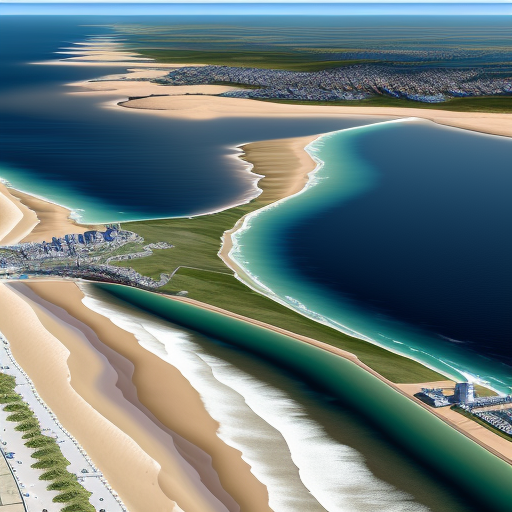Littorals are the transitional zones where the land meets the sea. These zones can vary greatly in terms of their physical characteristics, with some littorals being rocky and rugged while others are sandy or covered in mud. The types of plants and animals that live in the littoral zone are also highly dependent on these physical characteristics, with some species requiring rockpools or crevices to survive while others need sandy beaches or marshy areas.
One of the most important functions of the littoral zone is as a buffer between the land and the sea. It helps to absorb wave energy and reduce the impact of storms and erosion on the coast. In addition, many of the species that live in the littoral zone are important in regulating the health of marine ecosystems, acting as both predator and prey in various food chains.
Human activities such as development, pollution, and overfishing have had a significant impact on littorals around the world, with many areas experiencing significant loss of habitat and biodiversity. Conservation efforts are therefore necessary to protect this important ecosystem and ensure that it continues to provide vital services to both humans and the environment.
